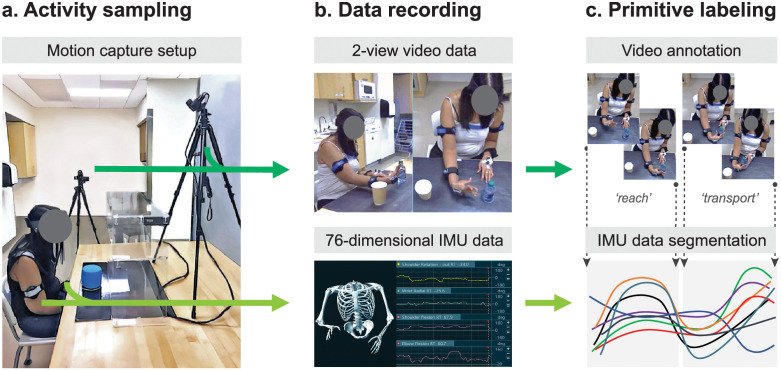Fig 1. Functional motion capture and labeling.
(A) Activity sampling. As patients performed rehabilitation activities, functional motion was synchronously captured with two video cameras (dark green arrow) placed orthogonal to the workspace and nine inertial measurement units (IMUs, light green arrow) affixed to the upper body. (B) Data recording. The video cameras generated 2-view, high-resolution data. The IMU system generated 76-dimensional kinematic data (accelerations, quaternions, and joint angles). A skeletal avatar of patient motion and joint angle offsets were monitored for electromagnetic sensor drift. (C) Primitive labeling. Trained coders used the video recordings to identify and annotate functional primitives (dotted vertical lines). These annotations labeled and segmented the corresponding IMU data. Interrater reliability was high between the coders and expert (Cohen’s Κ for reach, 0.96; reposition, 0.97; transport, 0.97; stabilization, 0.98; idle, 0.96).

